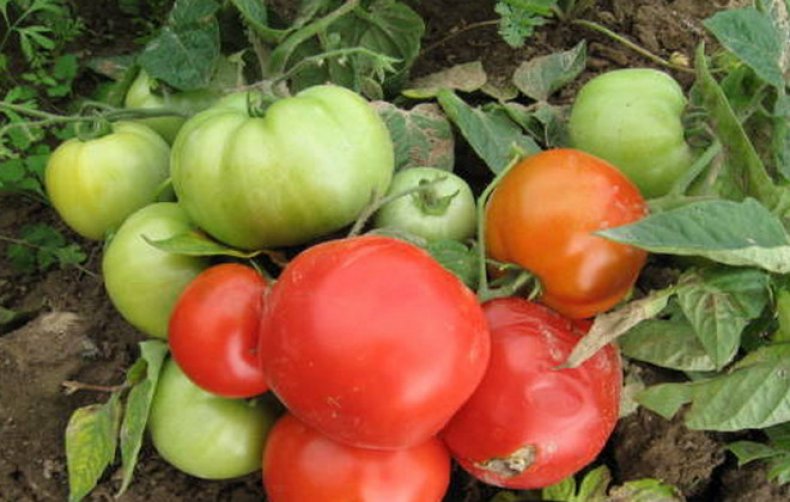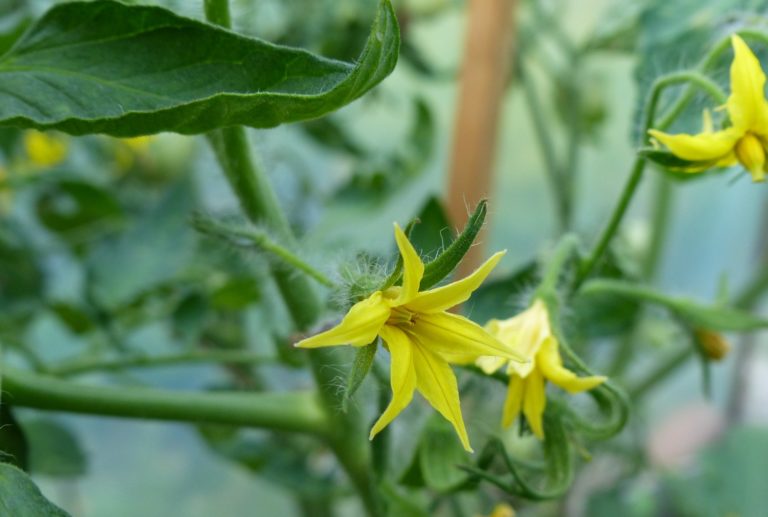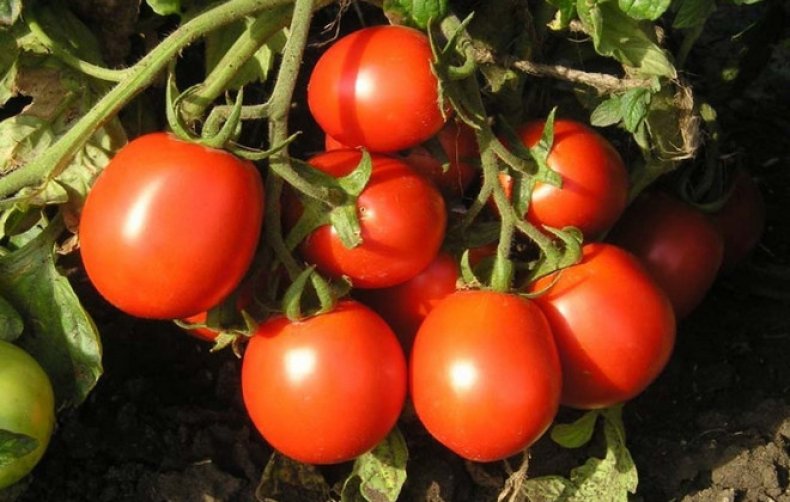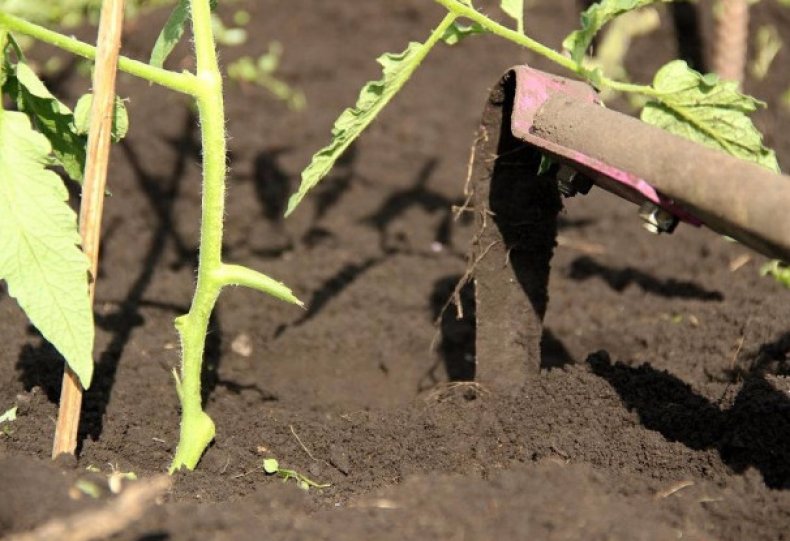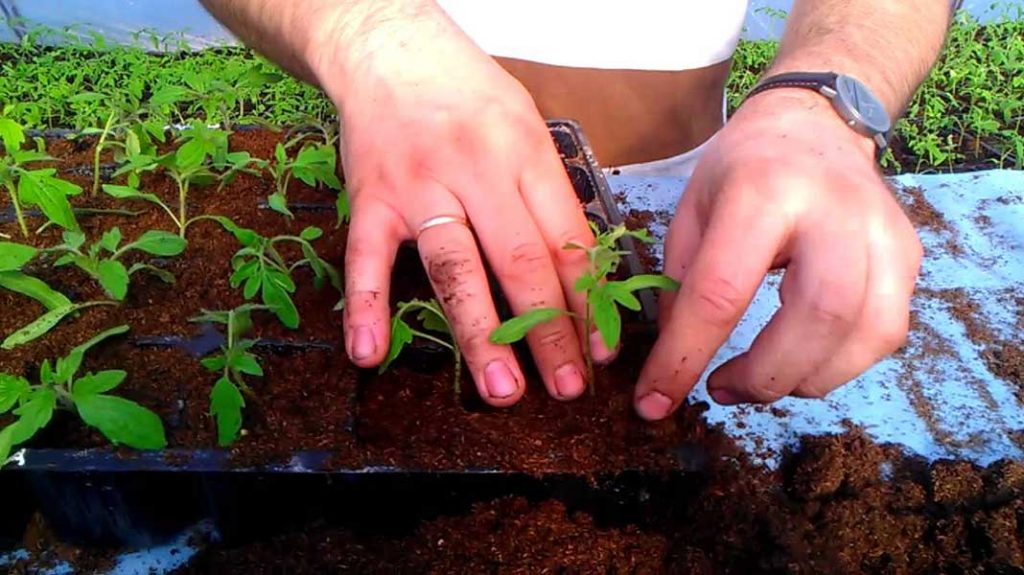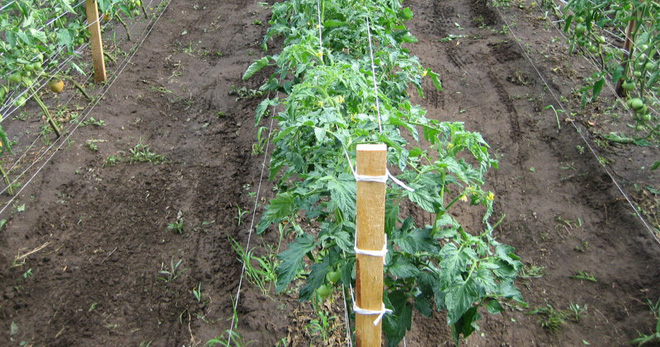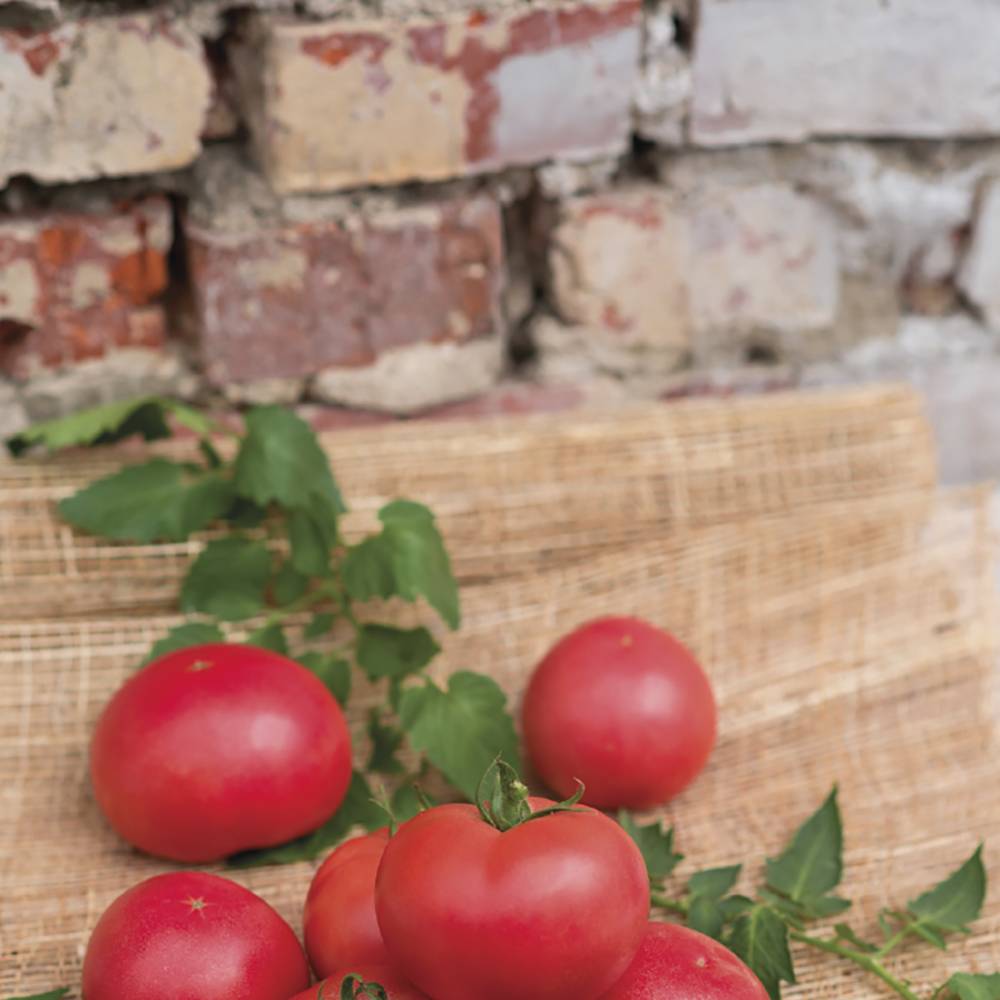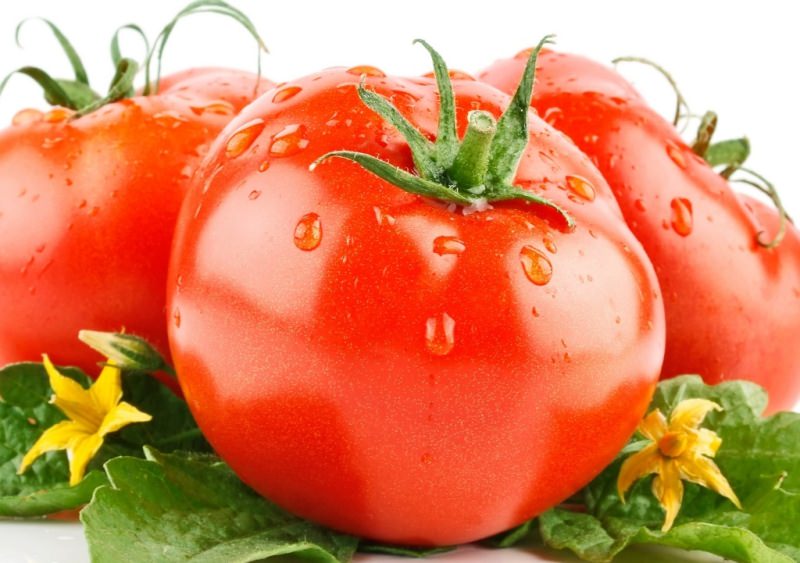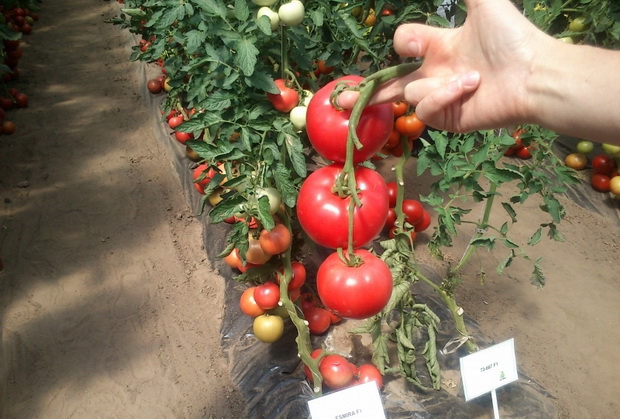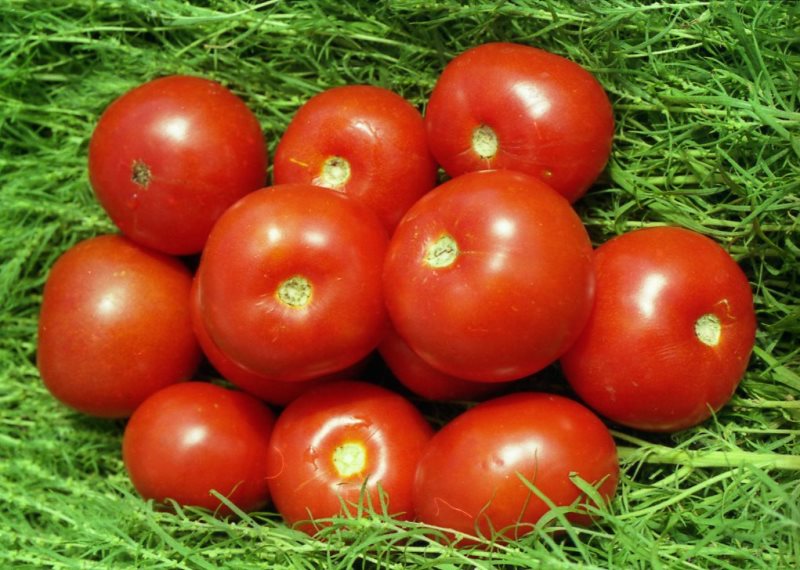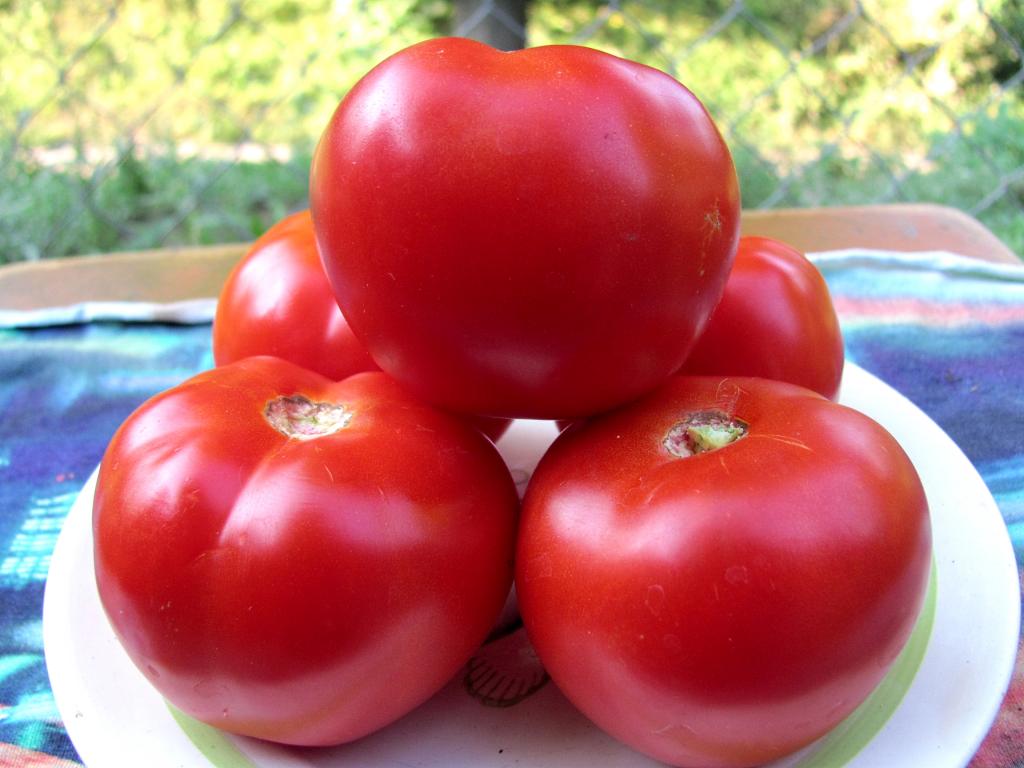Content:
In the harsh northern conditions, with low temperatures and cool short summers with a minimum of sunny days, growing something in the garden can be quite problematic. However, this is not a reason to deny yourself ripe vitamin tomatoes - cold-resistant fast-ripening varieties come to the rescue, one of them is a tomato with the telling name of the Far North.
History of creation
This species was bred specifically for cultivation in the northern regions of our country, where the amount of solar radiation is minimal, and the summer is cool and rainy, while the taste of the crop remains high. The authorship of the development of the variety belongs to the agricultural enterprise "Biochemist". The Far North was included in the State Register of Russian Varieties in 2007. These tomatoes, according to gardeners from cold regions, are ultra-early ripening - no more than 3 months pass from the appearance of the first sprouts to the ripening of marketable fruits: from the second half of July to the second decade of August, there is an active amicable ripening of the crop.
Characteristics and features of the variety
One of the main distinguishing properties of the variety, which is literally spelled out in its name, is the excellent frost resistance of the bushes. Despite the fact that tomatoes are thermophilic plants, the seedlings of the Far North can withstand about a day. If the temperature drops to plus 10 degrees, it will continue to rise, but it will take time to restore normal life, and the ripening of the fruits will be postponed for this period.
The variety is declared by the producers as early ripening - the mass ripening of fruits occurs approximately 90-95 days after the first seedlings are hatched. The main season is from the last days of July to the last days of August. Ripening occurs almost simultaneously, by the end of summer the harvest is completed.
This variety of tomato has a good yield for such a short growing season: from one tomato bush, you can pick up to a maximum of 3 kilograms of ripe vitamin fruits. What specific result will be obtained depends on the efforts invested in this most northern type of tomato.
The plant blooms with the usual for this species flowers of a pale yellow color with a bright center, the inflorescences are simple, as much as five to seven inflorescences are formed on the bush. Pollination by bees is not required (yes, these insects do not like the smell of tomatoes), however, when growing under cover, it is advisable to help the plant to form ovaries by gently passing over the flowers in different directions.
Bushes in the Far North are determinant, which means they are low (the highest height they reach is 50 cm) and compact (stamped), but thick and strong (as required by the harsh northern conditions in which this tomato is grown). After the formation of six inflorescences, the growth of the main stem of the plant stops, so you should not be afraid of the growth of the tomato, you can plant more plants on one square meter of the garden than when cultivating other varieties.
The foliage is a juicy dark green shade, the usual shape for tomatoes, of medium size, the bushes are sparsely leafy.
Tomato North has round-shaped fruits, slightly elongated, sometimes slightly ribbed, with a smooth dense skin, weighing from 50 to 70 grams.The color of unripe tomatoes is pale green, while those of the ready-to-eat tomatoes are evenly bright red. The pulp of tomatoes is not too dense, juicy, the taste is rather sweet, with a slight pleasant sourness. Inside, a tomato contains 4 to 6 seed chambers, but there are few seeds, which makes the consumption of such tomatoes even more pleasant. The content of organic sugars in tomatoes of the Far North variety is above average, they also contain a lot of fiber, protein substances, organic acids and valuable minerals (such as calcium, magnesium and iron), carotene, folic acid and other vitamins.
Due to their gustatory and physical properties, tomatoes of this type can be used both fresh and processed: these are preservation, tomato paste, tomato juice, ketchups and other sauces, and small bright red small fruits perfectly serve as a decoration for dishes. They have a fairly high keeping quality parameter and the ability to transport.
Agricultural technology of cultivation
For those who plant a tomato in the Far North, the characteristics and description of the variety include recommendations to grow it in unfavorable climatic conditions, a mandatory stage of reproduction is forcing seedlings, which is then planted in greenhouses or in open ground.
Seed material, germinated and disinfected within a quarter of an hour with a 1% solution of potassium permanganate, is recommended to be placed in planting containers no later than April 1 (the deadline, depending on natural conditions, April 15). After a couple of months, young bushes can be planted in open beds. Specialized cassettes, peat mills, boxes or containers are suitable as containers. The soil for germinating tomato seeds should be loose and light, with excellent air and moisture permeability.
The planted seeds should be at a temperature of up to plus 30 degrees, this is ensured by covering the containers with seedlings with glass or film. After 5-7 days, the temperature should be lowered to 15 degrees to harden future bushes.
Seeds for seedlings are placed in holes with a centimeter depth in small grooves, the distance between adjacent seedlings should not be less than 3-4 centimeters. The seeding step is one to two centimeters. From above, the planting is sprinkled with a thin layer of soil and spills well. Further, in the process of caring for the seedlings, it is necessary to constantly monitor so that the upper soil layer does not dry out. Watering tomato seedlings is best done in the morning. This should be done with warm water, avoiding contact with the foliage, strictly under the root.
After a couple of weeks, it is necessary to feed young plants, best of all with manure or other organic substances with guano or biohumus. When buying a ready-made store dressing, the indicated dosage should be halved, since it is indicated for adult plants.
When a couple of first leaves appear, a pick should be made, i.e. planting plants in different containers. After a few weeks, the pick is repeated.
Upon reaching the age of 1.5-2 months, tomato seedlings can be planted in open ground. Moreover, its height should not exceed three decimeters, have from 6 to 8 full-fledged leaves, as well as developed roots, the central stem - up to 0.7 cm in diameter, there should not be fruit ovaries yet.
It is better to prepare the soil in the beds in the following proportions:
- turf or garden land - 1 part;
- peat bog - 2 parts;
- fine sand - 1/2 part;
- compost-humus mixture - 2 parts;
- ash from wood - 1 glass;
- dolomite flour - 3 tablespoons.
A place for growing tomatoes The far north should be on the sunny side of the site, inaccessible to drafts. For the beds, the optimal temperature that ensures good yields will be from 20 to 26 degrees Celsius and above plus 16 for the night time.
Before planting seedlings in the beds, they must be sufficiently moistened. Tomatoes of this type prefer sandy loam soil with an acid level close to 6.5 pH. Cabbage or cucumbers will be the best precursors for the tomatoes of the Far North, but peppers, eggplants and potatoes are unwanted precursors, they deplete the soil.
When planting in open ground, you should adhere to a density of 6 to 8 bushes per 1 square meter. Pits for young seedlings are made to the depth of a shovel bayonet. Seedlings are moved from containers to holes without destroying the clod of earth in the roots - this way the plant will take root faster and transfer the transplant more easily. The newly planted seedlings are sprinkled with earth, compacted and filled with 1-2 liters of water. It is advisable to mulch the row spacing with peat for better moisture retention in the ground.
The Far North variety, due to its short stature, does not require tying, so it is not necessary to drive in pegs.
Before the establishment of warm weather, it is necessary to cover the planted seedlings with a film for better adaptation.
Watering young bushes for the first time should be a week after planting in the ground, then it is advisable to organize underground or even drip irrigation.
In the process of fruit ripening, one should not forget to loosen the ground in the beds and weed weeds. Loosening must be carried out at least once every 2 weeks and the procedure must be carried out to a depth of no more than 8-10 cm, in order to avoid damage to the roots. It is imperative to hilling tomatoes, like potatoes, this allows you to form side additional roots.
Advantages and disadvantages of the variety
The main feature for which the Far North variety is loved is the ability to give a good harvest during a short growing season and in harsh natural conditions (low temperatures, high humidity and short daylight hours). At the same time, the fruits are distinguished by high taste, with increased keeping quality and the possibility of transportation (tomatoes do not crack and do not crumple, keeping their presentation).
Another positive property of the variety is the resistance of the plant's root system to damage by putrefactive fungi (both apical and root). This is especially important, since this problem is very urgent for the vegetable gardens of the northern territories of the country due to the high humidity of the air and soil.
Despite the rather large number of fruits on the bush and their amicable ripening, the plant can withstand their weight without a garter.
The disadvantages include the following:
- in comparison with less early ripening varieties, yield indicators are not so high;
- the size of the fruit is not too even;
- the presence of sourness is not to everyone's taste, the fruits are sometimes watery.
The Far North tomato variety is intended for cultivation in cold areas and is capable of producing a good harvest of red and tasty fruits in the open field in a short cool summer, which can also be preserved. The tomato is unpretentious to care for, so it is suitable for both experienced gardeners and beginners.
